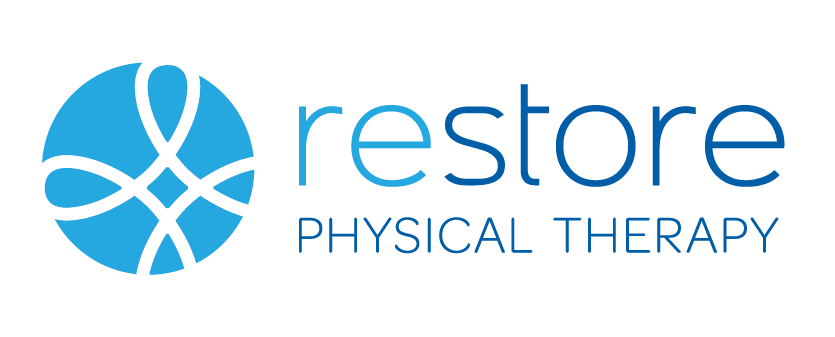The August Reset: Why Slowing Down Helps You Heal
"The first week of August hangs at the very top of summer, the top of the live-long year, like the highest seat of a Ferris wheel when it pauses in its turning."
— Natalie Babbitt, Tuck Everlasting
There’s something about August’s natural pause: not quite summer’s end, not yet the momentum of fall. Just stillness. Hot, quiet, and a little uncertain.
And in that stillness, there’s an invitation:
To pause.
To breathe.
To stop pushing for a moment and simply notice what your body needs.
After a few months of movement, training, travel, and activity, August whispers: It’s time to rest.
When We Resist the Pause
But so many of us – athletes, active adults, and those recovering from injury – ignore that invitation.
High school athletes push harder as tryouts and preseason loom.
Active adults squeeze in one more trip, one more cookout, one more high-intensity workout.
People rehabbing injuries often keep pushing, afraid that rest means falling behind.
The truth? Sometimes, the pause is where the real progress happens.
Why Slowing Down Helps the Body Heal
If you’re recovering from pain or injury, more intensity isn’t always better.
Your nervous system plays a key role in healing, and it needs calm, not chaos.
When your body is stuck in fight-or-flight mode from stress or overtraining, it prioritizes survival over repair. Muscles brace. Inflammation lingers. Pain sticks around.
But when you intentionally slow down, your nervous system shifts into parasympathetic mode (rest-and-digest), allowing for:
deeper tissue repair
less muscular tension and “protective” bracing
improved sleep and recovery
faster return to movement and strength
This matters for everyone:
🔹 High school athletes benefit from recovery days that improve performance and reduce injury risk. And honestly? Summer’s almost over. Take time to enjoy it. Rest matters, too.
🔹 Active adults stay more consistent and pain-free when they work recovery into their weekly rhythm.
🔹 Those recovering from injury need to see rest not as a delay, but as an essential part of the process.
5 Ways to Embrace the Pause (Without Coming to a Full Stop)
Slowing down doesn’t mean stopping. It means being intentional with your movement, time, and rest. Here’s how:
1. Reset your relationship with movement
Not every workout needs to be intense. Try walking, stretching, or mobility work to stay connected without overload.
2. Reclaim rest as part of your treatment plan
Sleep is when your body rebuilds muscle, balances hormones, and calms the nervous system. Treat it like therapy. Because it is.
3. Unplug and ground yourself
Step outside. Walk barefoot on the grass. Sit under a tree. These simple practices regulate your nervous system and reduce inflammation.
4. Say no to things that drain you
Overcommitting slows healing. Prioritize what supports your health. And let the rest go.
5. Listen to your body’s whispers
aches, fatigue, stiffness — these aren’t background noise. They’re messages. Listen now to prevent bigger setbacks later.
Slowing Down Is a Strategy
At Restore Physical Therapy, we help runners, athletes, and active adults recover fully, not just quickly.
Our approach blends hands-on care, movement rehab, strength programming, and nervous system support. We help you heal the way your body was designed to: with time, intention, and support.
If you’re looking for:
physical therapy in Rhode Island with a whole-body approach
more one-on-one time and personalized plans
a team that helps you slow down strategically (and come back stronger)
we’re here for that.
Let August Be the Reset
That Ferris wheel moment — the quiet top of summer — is here for a reason.
It’s not a setback. It’s a chance to pause, listen, and move forward with more strength, clarity, and calm.
Need support? Let’s talk about how slowing down can help you heal.

